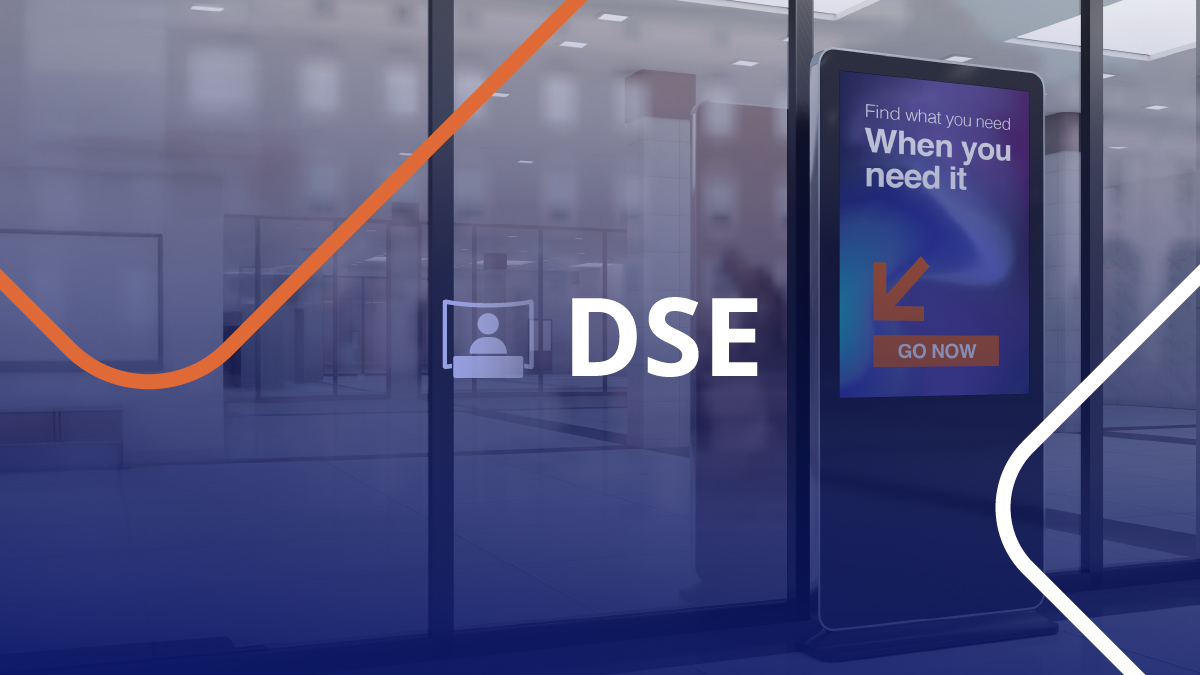
What is the Blended Workforce?
March 20, 2018
 Blended workforces, also called on-demand or variable staffing models, are shaking up traditional org charts. They use independent workers or contractors to fill in skills gaps for companies of all sizes, providing the expertise and manpower just when it’s needed. If you need a short course on the power of a blended workforce and think its time for your company to join in, read on.
Blended workforces, also called on-demand or variable staffing models, are shaking up traditional org charts. They use independent workers or contractors to fill in skills gaps for companies of all sizes, providing the expertise and manpower just when it’s needed. If you need a short course on the power of a blended workforce and think its time for your company to join in, read on.
But What is the Blended Workforce?
Org charts are no longer a compilation of linear boxes filled with full-time employees (FTEs) or W2s. Instead, hiring managers are employing a core group of traditional full-time employees, with a blend of skilled independent contractors, contingent staff, and variable workers.
One common driver of a blended workforce is the short-term need for special skillsets. For example, a service company will hire a temporary worker when a client’s project requires a skill outside of their full-time staff’s knowledge base. Instead of losing the contract, they’ll hire a contractor who is highly recommended and skilled to take on the task.
Another perk of the blended workforce model is the need to align expenses with billings. Imagine a field services company operating at full capacity with their full-time workforce when a client approaches them about work needed in another state. The service company doesn’t want to add travel expenses to its current operating expenses. Instead, they engage an on-demand workforce in the needed location to expand their geographic reach and satisfy the customer.
How is a Blended Workforce Structured?
A blended workforce includes a mix of permanent and temporary staff including:
- Full-time employees/FTEs. These staff members are permanent workers whose skills fill an ongoing business need that requires an onsite presence and guaranteed availability during business hours. Examples are senior management, product designers/developers, human resources, and sales.
- Long-term contractors. Certain skills such as IT networking, graphic design, accounting, and public relations, are not needed for a single project but ongoing company activities. Because the need for these positions varies, companies are opting to form long-term engagements with contractors to fill in these gaps without the expense of an FTE.
- On-demand workers. Often called a variable or contingent workforce, these skilled freelancers are often required during a change event at an organization such as the need to service a customer outside of your current region, an upgrade to systems or infrastructure, or to support a national rollout. Enterprises hire short-term staff to fill specific needs and/or cover for employees on family leave or extended absences.
In 2017, Intuit’s CEO estimated that more than 34 percent of today’s workforce was made up of flexible or free agent employees with this number increasing to 43 percent by 2020.
Why are Blended Workforces Taking Over Traditional Full-time Roles?
The primary reason is the power of the digital era. Everyone is connected and teams no longer need to be in the same location to work together. Hiring managers can quickly locate talent with specific skillsets in any geographic location, and individuals like the flexibility and work-life balance this on-demand lifestyle provides.
Benefits of a Blended Workforce
One of the questions you are likely asking is who benefits from a blended workforce? The answer is simply that both companies and individual providers are choosing this model. It makes financial sense for all sides and provides the flexibility both desires.
Companies:
- Core employees provide continuity, product strategy, customer relations, and market insight.
- Flexible staffing reduces overall costs – travel, healthcare, tools – as individuals are hired as independent contractors.
- Talent is accessible through digital platforms that connect companies and free agent employees.
Individuals:
- Flexible work is ideal for individuals who enjoy making their own schedules and being in control of their own career.
- Demand for the unique skills provided by an on-demand workforce results in well-paid gigs or contracts. Hourly rates are often higher than full-time rates.
- Variety is the spice of life and temporary work provides experience across many industries, company cultures, and regions.
How Contractors Created the Blended Workforce
The role of a contractor or temporary worker has changed dramatically over the past decade. Companies realize that to attract top talent, they need to treat their employees AND their temporary workforce well. Thus, contract, on-demand professionals are embraced as part of the team, offering fresh ideas, proven skills, and extra manpower just when needed. If you walk into today’s enterprises, it is often impossible to differentiate a W2 worker from a short-term contractor.
It’s Time to Start Blending
Managers are already using online marketplaces, including Field Nation, to fill their short-term and long-term needs with skilled and capable workers. As you look at your staffing for 2018, ask yourself how a blended workforce can give it the extra skills you need.
RELATED RESOURCES
More from the field
- Company News
- Field Service
- Blog
- Product Updates
- Quality Outcomes
- Blog




